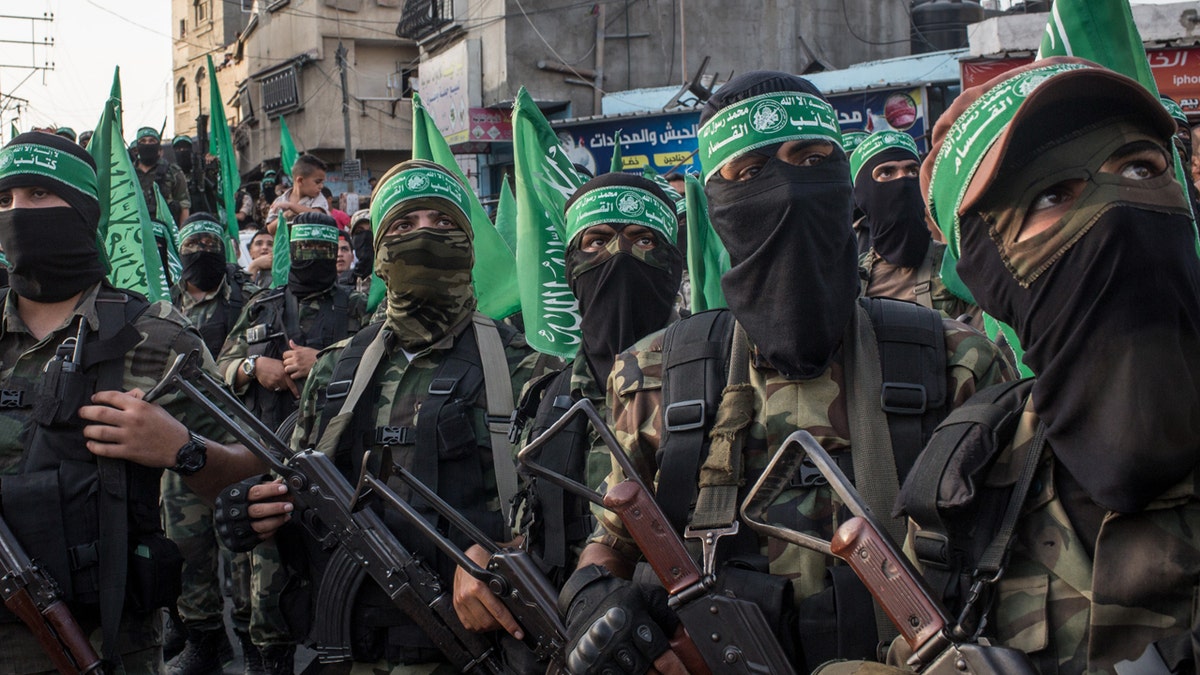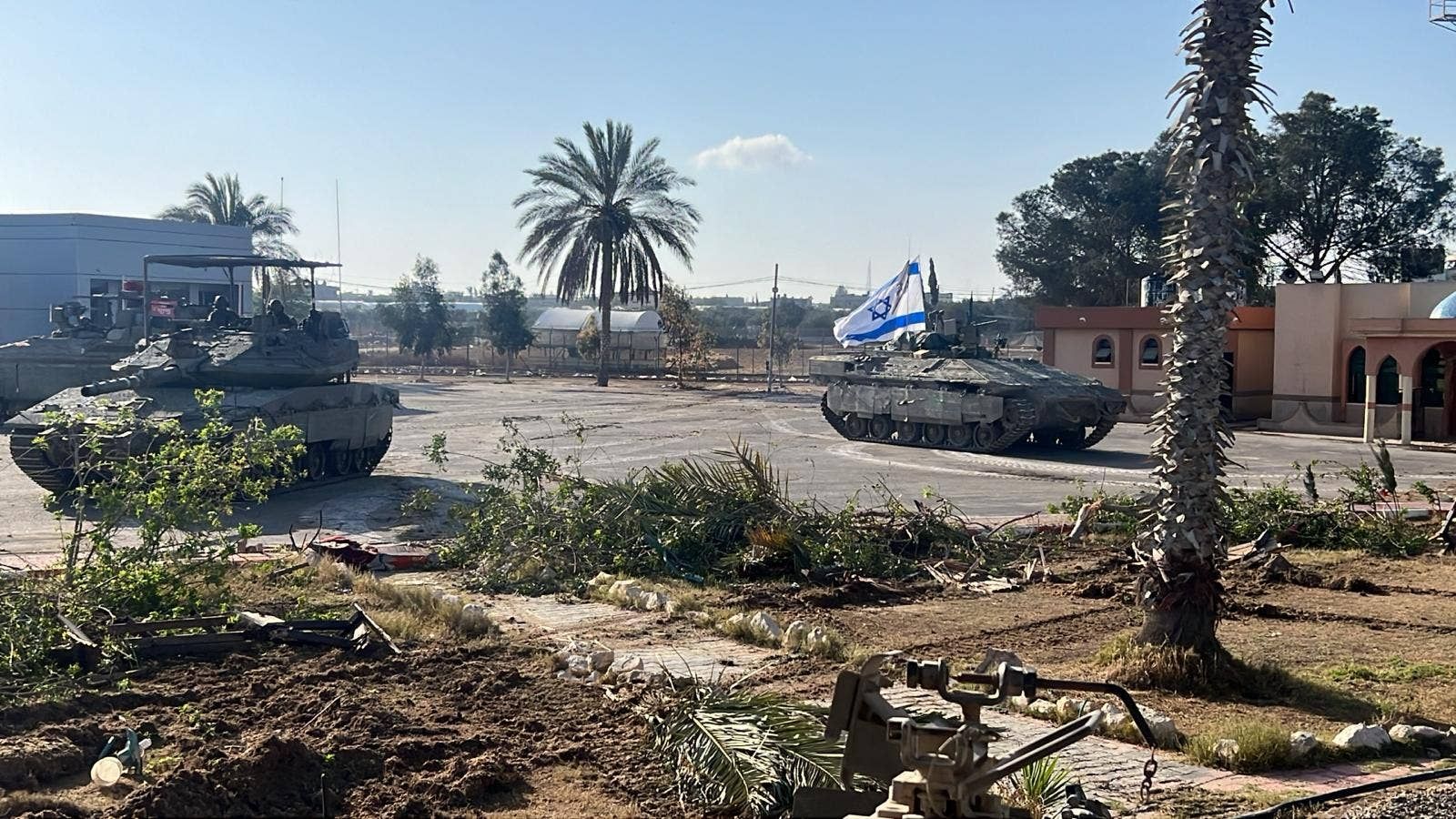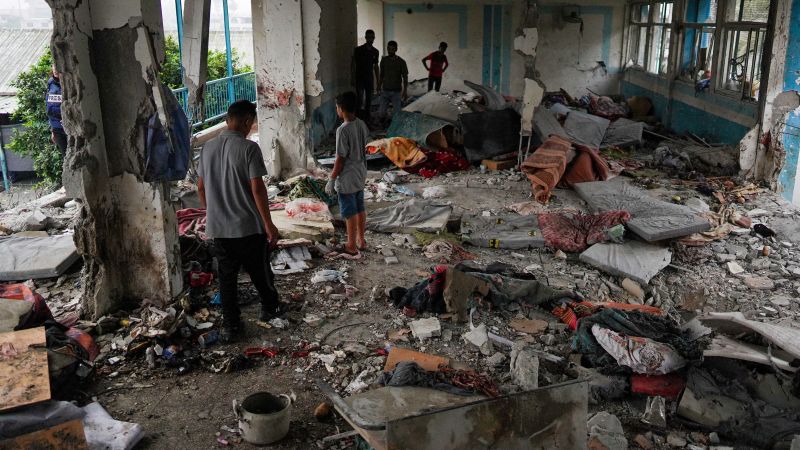After loudly promoting the use of artificial intelligence (AI) During its 11-day conflict against Hamas in 2021, the Israel Defense Forces (IDF) have been quite secretive about the AI systems they have employed in the post-October period. 7 Gaza Battlespace.
Numerous media outlets have speculated that Israel's AI platforms are being used recklessly, but Blaise Misztal, vice president of Policy at the Jewish Institute for National Security of America (JINSA), told Fox News Digital that he believes Israel is using swarms of drones powered by artificial intelligence. , mapping drones and targeting systems as a means of minimizing civilian casualties while searching for Hamas terrorists hidden among the population or hidden in interlocking tunnel systems under civilian architecture.
Misztal says available evidence implies that drones are a “near constant companion for ground troops as they maneuver through Gaza,” and the IDF told JINSA researchers that “each unit has its own mini air force” that supports the troop movements.
Several AI-powered drones may be mapping the underground tunnels built beneath Gaza or protecting those passing through them in search of terrorists or hostages. Iris, a droppable ground unit manufactured by Elbit Systems “can enter small, confined spaces, above or below ground, to explore dangerous areas while transmitting intelligence and reconnaissance information in real time.”
ISRAEL'S ADVANCED MILITARY TECHNOLOGY ON FULL SCREEN DURING IRAN ATTACK
An Israeli army soldier launches a drone from a field in southern Israel, along the border with the Gaza Strip, on January 24. (Jack Guez/AFP via Getty Images)
Ghost Robotics makes the Vision-60, a ground-based drone that it claims can “continually push the limits to improve its ability to walk, run, crawl, climb and eventually swim in complex environments” to “keep our warfighters, workers and “K9.” out of danger.”
Xtend UAV systems are also deployed in the Gaza theater after initially being developed to attack Hamas incendiary balloons attempting to enter Israeli airspace. Xtend's Griffon Counter UAV can be used to find and kill rogue drones, an important task since Iran and its proxies have deployed or trained to deploy drones against Israel.
ISRAEL'S ADVANCED MILITARY TECHNOLOGY ON FULL SCREEN DURING IRAN ATTACK
The ability to “deploy in parallel” may be a reference to the use of drone swarms, groups of drones that communicate with each other to execute a directive using AI instead of human operators. Drone swarms were used in 30 raids during Israel's 2021 war, the Times of Israel reported. They helped Israel identify rocket launch sites used by Hamas.
The main AI-powered devices helping Israel avoid unnecessary civilian casualties are the strike systems known as “Gospel” and “Lavender.” While numerous media outlets have reported on these targeting systems, Misztal says many have “fundamentally misunderstood” how they work. Viewers have described these AI systems as having the ability to determine and attack targets. Misztal says targeting systems have a “human-machine loop,” in which first a human analyst and then an IDF lawyer decide whether a target receives final approval.

An Israeli military helicopter and drone fly over the southern border area with the Gaza Strip on May 30 amid the ongoing conflict between Israel and Hamas terrorists. (Jack Guez/AFP via Getty Images)
Jonathan Conricus, a senior fellow at the Foundation for Defense of Democracies and a former IDF spokesperson, also told Fox News Digital that “while dependence on AI and technology is growing, Israeli policy requires decision-making human beings at the main crossings”.
WHAT IS ARTIFICIAL INTELLIGENCE (AI)?
According to Misztal, the “Gospel” system identifies difficult targets such as “buildings, weapons storage facilities and rocket launchers,” while the “Lavender” system uses facial recognition to identify Hamas leaders and fighters.
The real advantage of using these targeting systems is their ability to examine the “constant streams of data” collected by Israel's multitude of air and ground assets, including the new AI-enabled Oron spy plane. The learned patterns help systems determine likely targets. “If you can bring the precision that machine learning allows you instead of just having human eyes, that will be helpful in narrowing down what the likely targets are and minimizing errors,” Misztal said.
ISRAEL UNVEILS 'MOST ADVANCED' SURVEILLANCE AIRCRAFT WITH AI-POWERED SENSORS: 'UNPRECEDENTED'

IDF forces are seen operating in Rafah, a city in the Gaza Strip. (IDF Spokesperson's Office)
Gospel data and information derived from AI-powered mapping drones have likely allowed the IDF to avoid situations like the one Misztal said they encountered in 2021 while fighting Hamas from the air. According to Misztal, an Israeli bomb attack on a poorly constructed tunnel caused the residential building built above the tunnel to collapse, causing civilian casualties.
Now that ground troops are engaged and tunnel networks are better understood, Misztal says the IDF can “find strategic intersections between tunnels” that they can “block so they are unusable” without causing a possible collapse of civilian structures above the tunnels. terrorist hideouts. “That mapping process allows them to be much more precise,” Misztal concluded.

Officers use a variety of information to identify and locate targets. (IDF Spokesperson Unit)
Misztal believes the use of Lavender shows how much care Israel takes to keep civilians out of the battle space. “We have heard that Israel uses facial recognition technology while screening people, civilians moving between different parts of Gaza” when the IDF “is creating safe zones and telling people to evacuate, and protecting them while they evacuate because Hamas wants to prevent leave their homes so that they can continue being human shields,” he said. Facial recognition in these situations allows the IDF to “ensure that Hamas fighters are not exploiting those protective measures.”
Despite remaining largely silent on their use, Misztal said Israel's use of its suite of AI-powered systems has “become a normalized part of its operational process” since 2021. Facing a new type war after October 7, Misztal said the IDF “told JINSA researchers that they were not sure what they would find on the ground” in Gaza, “but as they better understood the layout, as they improved “In deploying their assets, such as drones and other surveillance capabilities, they became much more capable of operating surgically.”
CLICK HERE TO GET THE FOX NEWS APP

Palestinian Hamas terrorists are seen during a military show in the Bani Suheila district on July 20, 2017, in Gaza City, Gaza. (Chris McGrath/Getty Images)
Last week, the Associated Press published a report corroborating Misztal's observation that the use of AI has reduced civilian casualties. Through an analysis of Gaza Health Ministry data, long disputed by researchers, the AP found that “the proportion of Palestinian women and children killed in the war between Israel and Hamas appears to have fallen sharply.” The AP admitted that the change “went unnoticed for months by the UN and much of the media.”
In addition to reducing casualties, AI has enabled a high level of operations that would otherwise require large amounts of human capital. According to Conricus, “Without the extensive use of technology and AI to automate and streamline complex or resource-intensive processes, Israel would need to multiply its intelligence gathering and monitoring infrastructure, which is frankly not a viable option. Therefore , AI and advanced technology enable Israel to confront the multitude of threats within existing resource and manpower limitations.”
The Associated Press contributed to this report.











